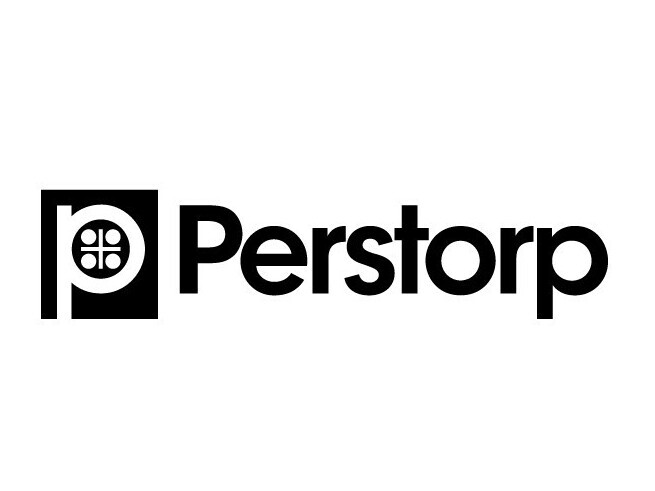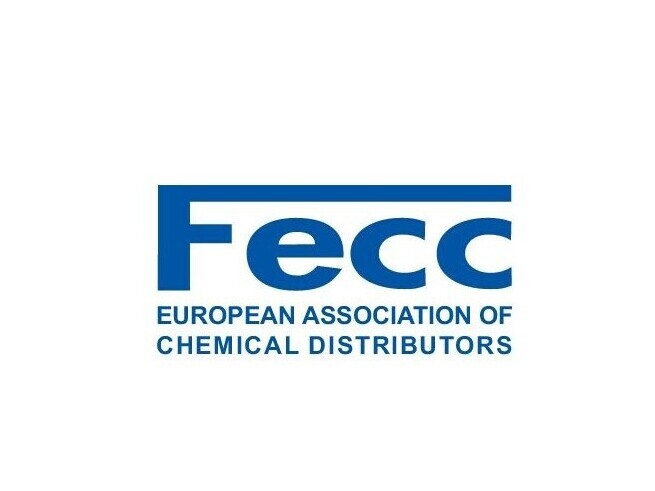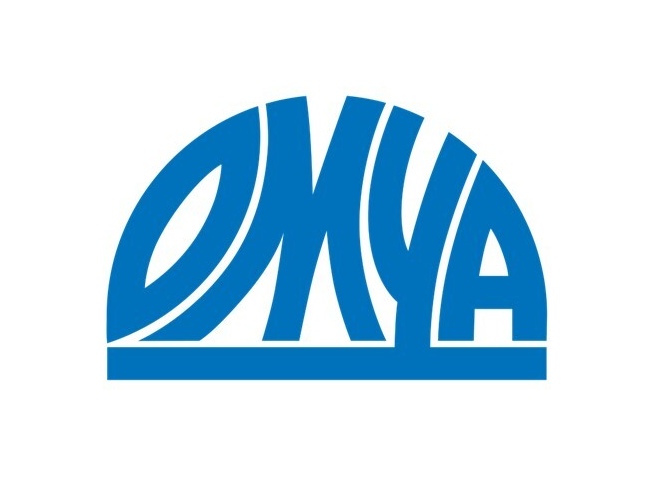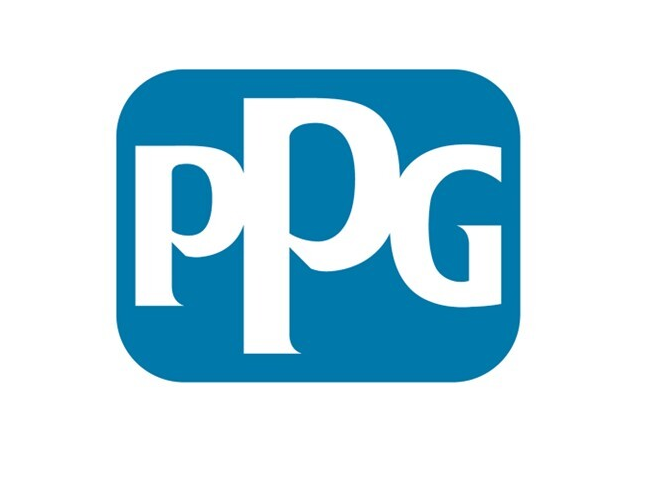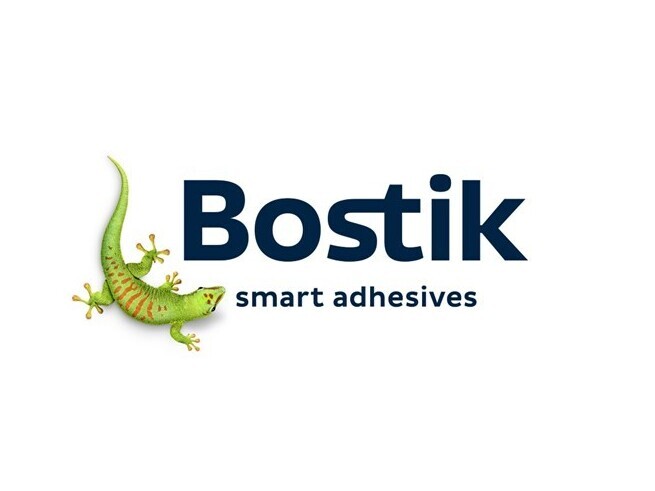Jul 25, 2023 - 10 mins
Shifting towards more sustainability: when the coating value chain act as one
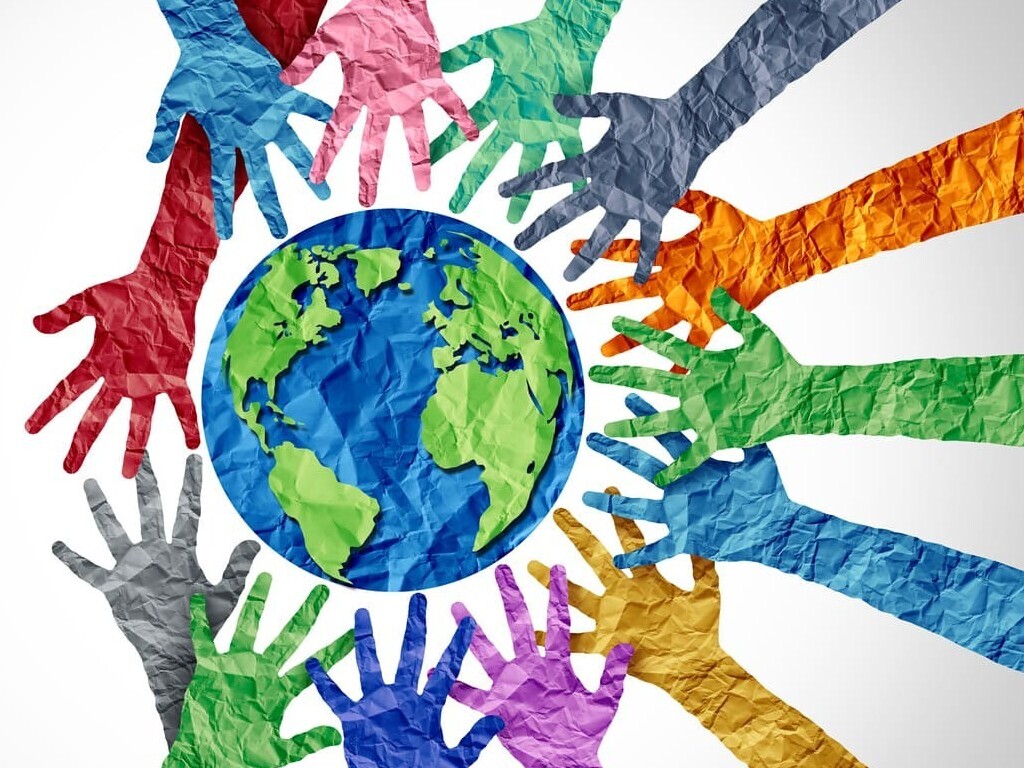
In April of this year, Arkema brought together leaders from across the coatings value chain to discuss how consumer demand for a more sustainable lifestyle, as well as how decarbonization and circularity trends transform the industry at every step – including retailers, brand owners, formulators, distributors and suppliers.
Dorothee Arns, Managing Director of the European Association of Chemical Distributors (FECC). The FECC is not only the voice of chemical distributors in Europe but also represents more than 1,600 companies from all parts of the chemical value chain: producers, distributors, logistics' partners, etc.
Nadine Nicolai, Global Business Development Director Construction at Omya. Omya is a leading global producer of industrial minerals – mainly derived from calcium carbonate, dolomite and perlite – and is a worldwide distributor of specialty chemicals.
Richard Jenkins, SVP Coating Solutions, Arkema
Helene Pernot, Head of Sustainable Offer at Arkema Coating Solutions
Anne Hallonet, Global Sustainability Manager at Bostik Durable Goods, part of the adhesive solutions segment of Arkema
The importance of sustainability
87% of consumers want brands to act now to encourage future sustainability"
How has the meaning of sustainability evolved in the coatings, adhesives and construction industry?
We have a shared responsibility in this transformation and are excited to work together on this important topic alongside partners from across the value chain.
Commitment of brand owners to new consumers expectations
The integration of sustainability parameters by brand owners has become a reality, deeply impacting the value chain."
How coatings and adhesives manufacturers enhance sustainability over entire product life cycle
-55% of CO2 emissions while materials production increased by 43% in 30 years"
Nevertheless, we as chemical value chain partners need to accelerate and enable more decarbonization & circular economy. The issues are so big that they cannot be solved by one sector alone. Instead, collaboration across the value chain is essential to progress further and create a sustainable ecosystem. We as FECC see it as part of our mission to promote sustainability in all aspects. For example, some of our members have successfully piloted and meanwhile fully implemented the concept of "chemical waste as a resource," highlighting the potential of waste materials to become valuable inputs for new products in other value chains.
Our main focus today is on the key environmental sustainability task of coating, which is to protect the underlying substrate and preserve our customers' greatest assets, ensuring their longer use. This is crucial because the life cycle environmental impacts of a coated substrate are directly linked to the substrate that the coating protects. For example, a car or wind turbine typically has a service life of 10 years, with a 10–20-year lifespan for durable goods. Therefore, our value chain faces the challenge of collaborating to identify ways to improve the life cycle sustainability performance of our coating products while enhancing their quality and aesthetic variables.
… collaborating to identify ways to improve the life cycle sustainability performance of our coating products while enhancing their quality and aesthetic variables."
But, before going to impact downstream performances, it’s very important that each company of the value chain starts by doing its homework well, by adressing Scope I and II. Then, you can contribute at the next level and bring positive environmental performances down the value chain and leverage other industry experience.
An example is through lightweighting. One of our products allows to reduce the weight of paint by up to 40% while or increase the coverage rate by 60%. Meaning, 40% less weight to carry by trucks and by painters every day. At the same time, it addresses one of the key mega trends providing energy savings through thermal insulation. Would we have been able to develop this sustainable solution, without collaborating with the value chain? Maybe yes, but probably not as fast as we do it today.
To reduce impacts, we develop adhesives with lower environmental footprints and that support our customers eco-design the product they are used in. For instance, we collaborate with Omya on sealants with lower carbon footprint that are also lighter, reducing energy consumption of transport and making them easier to handle, benefiting both the operators and the environment.
… Together we can do more with less."
The importance of thinking and acting as a value chain ecosystem and how strengthen synergies
… collaboration enabled to significantly extend the life span of solvents X5, through recycled loops"
Now the distributors entered the scene and brought these solvents to a completely different value chain, where companies could work well and safely with somewhat lower, but still properly documented purity levels. Several repetitions of this exercise resulted in a much longer lifespan for the same product, significantly less waste, and substantially lower CO2 emissions. At the same time a variety of different value chains, which had never worked so closely together beforehand, were connected now.
This successful project has opened the door to a new ecosystem, offering new business opportunities for everyone, and a pan-European roll-out is currently underway.
When it comes to end-of-life management, adhesives also contribute to more efficient recycling processes. Thus, and by anticipating this phase, multi-layer packaging films or wind blades turbine can be fully recyclable.
To implement those new recycling loops, we need to work hand in hand with the different actors of the value chain in order for each to communicate quantitative benefits, like the LCA data, and allow all to make the right decisions.
… Collaborating with our stakeholders upstream and downstream is crucial to our sustainability efforts”
One of the key roles our position in the value chain provides us with is incorporating the identified drivers and sustainability needs of our downstream stakeholders into our dialogues with our raw material suppliers. We are not prescriptive when it comes to what the sustainability value proposition for our raw materials should contain. We have an appetite for different means of achieving reduction of GHG intensity, including substance substitution, shifting to biobased materials, introducing recycled components, and other propositions that deliver significant sustainability improvements downstream.
… it is critical to think and act as a value chain ecosystem to accelerate decarbonization ahead of regulations"
For example, an exchange led to a breakthrough sustainable innovation that addresses the elimination of moisture in the process of producing certain types of sealants. Moisture is the enemy of sealants, not only in the bathroom but also during the production process.
Breakthrough innovations take time, but the earlier we connect and exchange about needs, the better.
How the issue of sustainability is raised at the very top of the value chain?
No company is greener than its suppliers"
One strategy we have adopted in our transition towards sustainable materials, is a traceable mass-balance approach. To ensure credibility, we have chosen ISCC PLUS as our certifying body, that ensures we can shift away from finite materials in a transparent and understandable way for our downstream customers and partners.
ISCC PLUS is a cradle-to-gate certification that implies that all our suppliers carry the same type of certification. The number of ISCC PLUS certified sites has been doubling every year in recent years, and there are nearly 3000 valid ISCC PLUS certificates today.
We are convinced that, to change the world we live, we need to change the materials we use."
Overcoming obstacles to accelerate the transformation of the industry
To accelerate the transformation, we need to listen to and talk to the market, including our closest customers and downstream players. Often, we need to educate downstream players on sustainability so that their decisions align with what's possible from a raw material perspective. Internally, we also need to educate ourselves to enable informed and constructive conversations.
In Summary
See also
Back to all articles- Case Study
- Case Study
- Case Study

